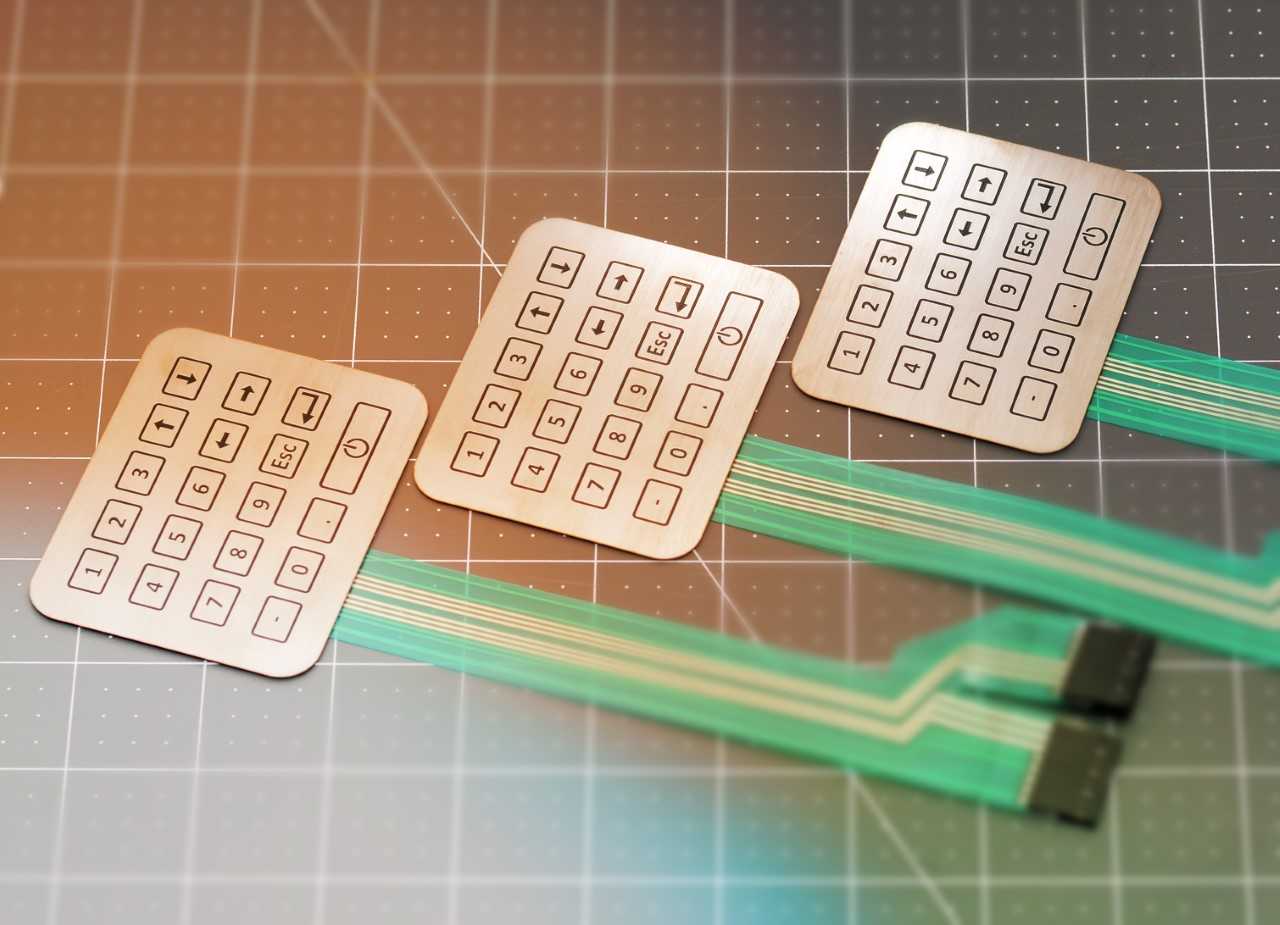How Membrane Switch Technology is Revolutionizing User Interfaces
How Membrane Switch Technology is Revolutionizing User Interfaces
Blog Article
Understanding Membrane Layer Switches: The Trick to Resilient and Reliable Controls

What Are Membrane Layer Buttons?
Membrane layer switches are an advanced remedy in the world of user interface technology, integrating capability and design perfectly. These gadgets work as a user interface in between customers and electronic systems, integrating a number of elements right into a small style. Commonly created from versatile, thin layers of materials, membrane switches are designed to respond to touch, allowing individuals to communicate with machinery and electronic devices properly.
The key components of a membrane layer button include a printed circuit layer, graphic overlay, and a spacer layer that stops unexpected activation. The graphic overlay can be personalized to reflect brand name identification or user choices, improving appearances while making certain use. Membrane buttons are commonly made use of in numerous applications, including medical tools, customer electronic devices, and commercial devices, owing to their resilience and resistance to environmental variables such as dampness and dirt.
Among the essential benefits of membrane layer switches is their capacity to endure deterioration, making them perfect for high-traffic environments. In addition, they are lightweight and call for marginal area, allowing for cutting-edge styles in product growth. Generally, membrane switches over represent a efficient and useful option for modern-day digital user interfaces, marrying modern technology with user-centric style concepts.
Exactly How Membrane Layer Changes Job
The operation of membrane switches over hinges on a simple yet efficient device that equates customer input into digital signals. These switches contain multiple layers, normally including a graphic overlay, a spacer layer, and a circuit layer. When an individual presses the button, the top layer flaws, allowing a conductive component in the circuit layer to make contact with a corresponding conductive pad on the bottom of the graphic overlay. This get in touch with shuts the circuit and sends an electronic signal to the tool, indicating that the button has actually been activated.
The style of membrane layer switches can differ, but they often incorporate domes or tactile components to supply feedback to the user, boosting the overall experience - membrane switch. The products used in membrane switches, such as polyester or polycarbonate, add to their toughness and resistance to ecological factors, including dampness and dust. Furthermore, the published circuits are generally encapsulated, which safeguards them from damage in time.
Benefits of Membrane Switches

Additionally, membrane switches are known for their toughness. Built from robust products, they are immune to dust, wetness, and physical wear, which dramatically expands their life expectancy compared to typical mechanical switches. This sturdiness makes them especially ideal for high-traffic environments and applications calling for long life.
Another substantial benefit is the convenience of cleaning and upkeep. The smooth surface area of membrane layer changes minimizes dirt accumulation and is commonly unsusceptible spills, making them suitable for setups that call for constant sanitization.
In addition, membrane buttons offer a streamlined account, resulting in a thinner design that can be incorporated right into numerous gadgets without adding bulk. This attribute not just boosts the visual appeal but also adds to a more ergonomic item style.
Applications of Membrane Layer Switches
Easy to use and functional, membrane layer buttons find applications throughout a vast array of industries, consisting of clinical gadgets, customer electronics, and commercial devices. In the clinical area, these buttons are indispensable to tools such as diagnostic equipment, individual surveillance systems, and mixture pumps, where reliability and convenience of cleaning are vital. Their ability to hold up against extreme environments and preserve functionality makes them suitable for such applications.

In customer electronic devices, membrane buttons are utilized in items like microwaves, cleaning machines, and remotes - membrane switch. Their sleek layout enables instinctive interface, improving the general user experience while providing toughness and resistance to tear and use
Industrial equipment likewise benefits from membrane layer buttons, particularly in look these up control panels for equipment and automation systems. These switches supply protection versus dirt and moisture, guaranteeing regular efficiency in challenging settings. Their customizable features enable makers to customize them to specific operational needs, improving efficiency and functionality.
Choosing the Right Membrane Change
When selecting a membrane button, it is vital to think about various factors that affect performance and suitability for specific applications. The primary factors to consider include ecological problems, responsive comments, resilience, and style specs.
First, examine the operating setting; switches exposed to dampness, chemicals, or severe temperature levels need details materials to guarantee long life and functionality. Next off, examine the requirement for responsive feedback. Relying on user communication, some applications may take advantage of a tactile action to verify activation, while others may like a non-tactile style for visual reasons.
Resilience is one more essential element; membrane buttons ought to be developed to endure regular use, influences, and abrasion. Make sure the picked button can withstand the expected lifecycle, particularly in high-usage circumstances.

Final Thought
In final thought, membrane switches serve as vital elements in the style of resilient and trusted control systems throughout numerous sectors. The versatility of membrane layer switches enables for tailored services that fulfill particular functional needs, enhancing their significance in modern-day innovation.
Membrane changes stand for an essential facet of modern-day user interface design, mixing functionality with durability in numerous applications.Membrane buttons are an advanced service in the realm of individual interface technology, integrating capability and design flawlessly. Generally built from adaptable, slim layers of materials, membrane layer buttons are created to react to touch, allowing users to interact with equipment and electronic tools efficiently.
The style of membrane layer switches can differ, yet they commonly incorporate domes or tactile elements to offer comments to the customer, enhancing the total experience.In verdict, membrane switches over offer best site as important parts in the design of trustworthy and resilient control systems throughout various markets.
Report this page